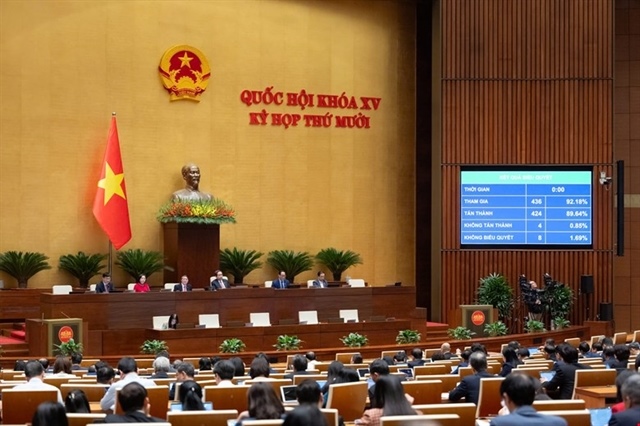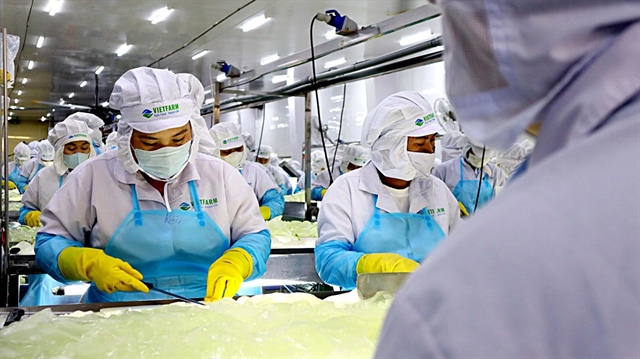Viet Nam's logistics industry finds potential growth opportunities
Viet Nam's logistics industry finds potential growth opportunities
Rising export turnover in recent years and the trade surplus achieved last year shows that there is potential opportunity for the growth of the logistics industry, experts have said.
Deputy Minister of Industry and Trade Tran Tuan Anh told yesterday's Viet Nam Logistics Forum 2013 in HCM City that last year the country's import-export value was US$228 billion, up 12.4 per cent over 2011.
Of the amount, exports exceeded $114 billion, outpassing imports $750 million.
"This year exports are expected to rise 14.3 per cent to $141 billion and imports 15.6 per cent to $131.4 billion, and the strong trade activity development has highlighted the important role of logistics," said the deputy minister.
Viet Nam has entered eight bilateral and multilateral economic agreements while another six are under negotiations, and these agreements aim at free trade, thus providing opportunity for the industry.
According to Dr Bui Thien Thu, deputy head of the Viet Nam Maritime Administration, Viet Nam's logistics businesses have managed to provide insurance and transport services to 18 per cent of the country's total imports and exports.
Currently, up to 90 per cent of Viet Nam's imports and exports are delivered by sea and the growth rate of container shipments was 17 per cent a year between 2001 and 2010.
By 2015 Viet Nam's seaport throughput is expected to reach 400 million tonnes, 680 million tonnes by 2020, and more than 1.1 billion tonnes in 2030.
Competitiveness
Logistics costs remain high, weakening the competitiveness of service users, said experts at the forum organised by the Thoi Bao Kinh Te Viet Nam (Vietnam Economic Times).
Deputy Minister Tran Tuan Anh said logistics costs in Viet Nam represent 25 per cent of the country's GDP, while the rate is 11-13 per cent in developped countries and 15-20 per cent in other developing countries.
"Reducing the costs will surely help our economy improve its competitiveness in an integrated environment where competition has become fierce," he said.
On the issue, he said factors including infrastructure, legal framework and services providers, should be considered.
"We have spent a large amount from the State budget and ODA sources on infrastructure development to facilitate goods transportation and logistics service development. Our seaport systems have been built at a large scale and with modern handling equipment," he said.
"However a problem remains: the poor connection with goods areas, which needs improvement," he said.
He also wants logistics related regulations to be updated to match current realities.
Meanwhile, domestic service providers have a lack of skills, networks and capital to invest in advanced technology.
Do Xuan Quang, chairman of the Viet Nam Logistics Association, suggested that logistics companies should have a deep understanding of trade like payment and insurance regulations as well as tariff incentives from Free Trade Agreements to support importers and exporters.
"On their part, importers and exporters should know about freightforwarding, transportation and other logistic services as well as trade agreements that Viet Nam has concluded so they and logistics companies will be able to support each other, and thus improve their competitiveness," said Quang.
He further proposed the establishment of a State management organisation and a national logistics committee to guide the operations of logistics firms, both local as well as foreign.
The organisation would be expected to act as a bridge between businesses and the State in mapping out strategies, policies and action programmes for the growth of the logistics industry.
This in turn would help the country's trade and production development, he said.
vietnamnews
























